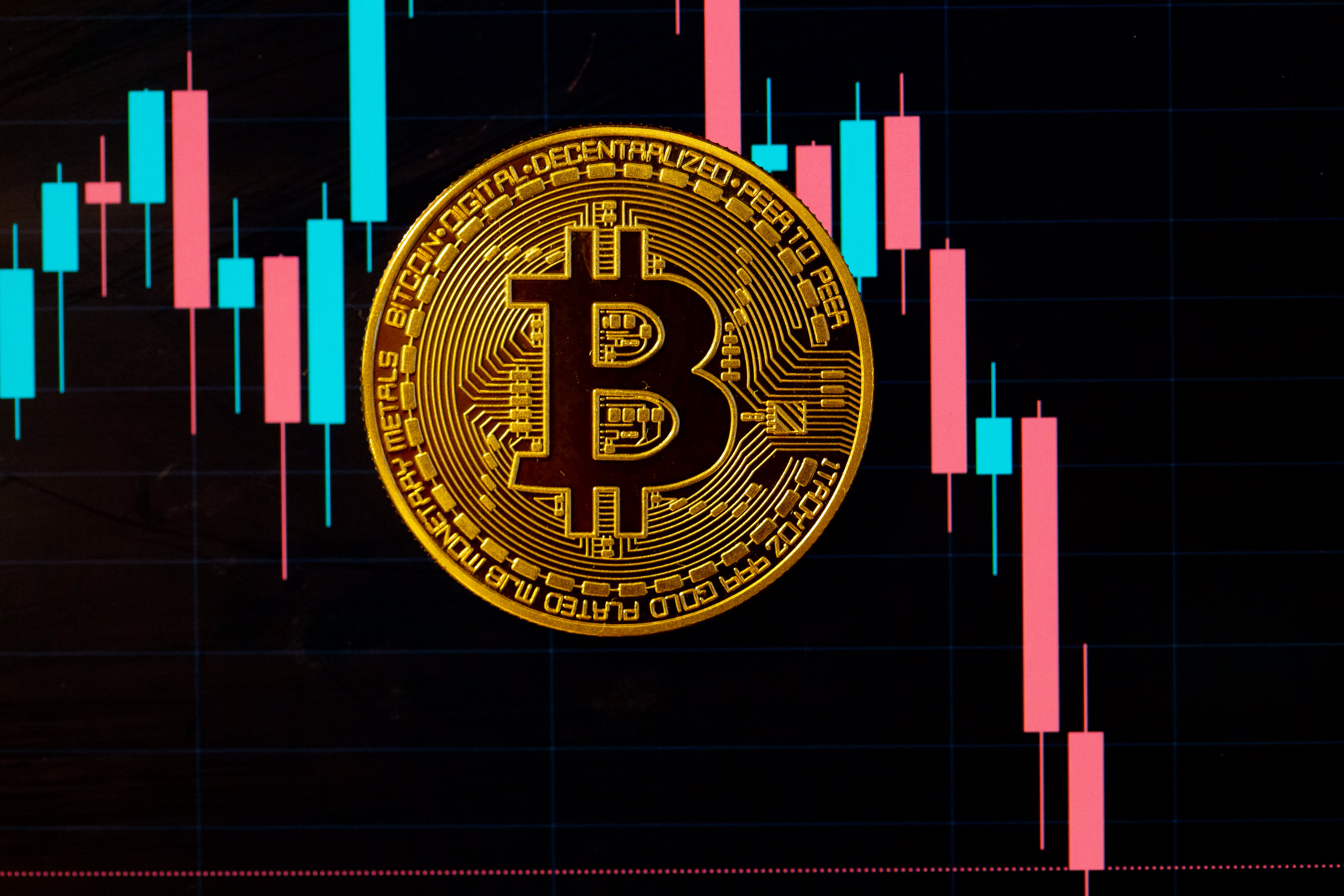Bitcoin and other cryptocurrencies sink on mounting Russia-Ukraine tensions

A Bitcoin coin lies on a screen showing the Bitcoin – US dollar exchange rate.
Fernando Gutierrez-Juarez | picture alliance | Getty Images
Digital currencies took a beating Tuesday as geopolitical tensions over Ukraine roiled global markets.
Bitcoin sank as low as $36,370 in early morning trade, its lowest level in more than two weeks. The world’s biggest cryptocurrency was last trading down 6% in 24 hours to a price of $36,818.
Other digital assets also tumbled, with ether falling 8% and XRP sinking 15%.
Analysts attributed the drop to escalating tensions over the Russia-Ukraine crisis. Russian President Vladimir Putin on Monday ordered troops into two breakaway regions in eastern Ukraine, moments after declaring them as independent.
The move has fueled fears of a full-blown invasion, sending global stocks sharply lower as traders’ appetite for risk declines.
Bitcoin is often touted by its proponents as a safe haven asset akin to gold, meaning it should offer a store of value in times of uncertainty.
However, the case for bitcoin as a sort of “digital gold” has broken down as more institutional investors have started to trade it, and the cryptocurrency is becoming more closely aligned with fluctuations in traditional markets like equities.
Bitcoin is now well below the all-time highs above $68,000, which it reached in November 2021, and some investors believe this is as good as it’s going to get for the cryptocurrency for some time.
Du Jun, co-founder of crypto exchange Huobi, said the next bitcoin bull market is unlikely to take place until 2024 at the earliest, when the next so-called “halving” event is due to take place.
“Following this cycle, it won’t be until end of 2024 to beginning of 2025 that we can welcome next bull market on bitcoin,” Du said.
The bitcoin halving reduces the rewards that miners of the cryptocurrency get for verifying transactions, effectively squeezing the supply of new coins in issuance.




